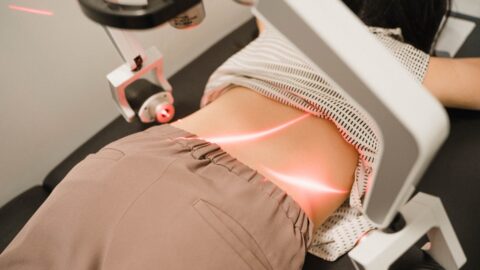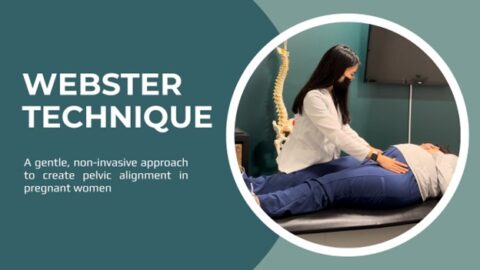What is Low Force Adjusting?
When most people think about chiropractic care, they imagine a chiropractor cracking a person’s spine in order to achieve the pain relief the patient is looking for. But have you been curious about starting chiropractic care but have been scared of getting cracked? If you answered yes, then keep reading!
Low force chiropractic specialities exist and give the same results as a manual adjustment without twisting, popping, or cracking the patient’s spine. Some examples of low force chiropractic techniques are: Activator Technique, SOT, Torque Release Technique (TRT), DNFT Directional Non-Force Techinque, NUCCA, EPIC, Atlas Orthogonal, and Advanced Orthogonal.
Here is a table separating them into full spine specialities and upper cervical specialties:
Low Force Full Spine Specialty
Low Force Upper Cervical Specialty
Activator Technique
NUCCA
SOT
EPIC
TRT
Atlas Orthogonal
DNFT
Advanced Orthogonal
Low Force Full Spine Specialty
Activator Technique
SOT
TRT
DNFT
Low Force Upper Cervical Specialty
NUCCA
EPIC
Atlas Orthogonal
Advanced Orthogonal
Each of these specialties has their own specific protocol and analysis for the spine and the correction of the misalignment. For example, an Activator (similar device is pictured above) is a spring loaded device that creates a single impulse when used. The chiropractor typically does muscle tests and palpates the spine to determine the side of the spine that needs to be adjusted and in what direction. Atlas Orthogonal is an upper cervical speciality that uses x-ray analysis to determine a specific formula (x, y, and z coordinates) to correct a misalignment of C1 and C2. The AO adjustment is done via a percussive wave instrument, similar to a vibrational sound wave, set to the patient’s specific formula. Each speciality has different analysis but all to achieve the same goal – creating alignment in the patient’s spine and improving function of the nervous system.
At Anatomy Chiropractic, we are a San Diego Chiropractic clinic that specializes in only low force chiropractic techniques: Atlas Orthogonal Chiropractic and Activator Chiropractic.
Here are some reasons why we choose to do low force adjusting over the manual adjustment:
- Low force adjusting is a gentle way to move bones into proper alignment.
→ We’ve had many skeptics in our office that couldn’t believe this can replace a manual adjustment. This adjusting tool produces a high velocity low amplitude force – the same force a manual adjuster trains to achieve –
BUT it is delivered over through a small adjusting tip (see photo above of the
adjusting device) instead of through the hands of the chiropractor.
→ This allows the force to be delivered more precisely. AND, the adjusting tool fires 10x faster than your muscles can react so it eliminates muscular guarding from the patient. - It’s effective for people of all ages: from babies up to your osteoporotic grandparents.
- It is very reproducible.
→ The adjusting device can be dialed up or down depending on which area of the spine is being adjusted.
→ Additionally, the reproducibility allows for all treatments done on the patient to be consistent between visits. You can expect the chiropractor to produce the same adjustment visit to visit.
Sometimes patients ask if these low force chiropractic techniques are new? They aren’t! We suspect the reason they are not more “mainstream” is because watching someone get adjusted with a low force chiropractic speciality is not entertaining. Watch the video above for a preview.
In summary, low force chiropractors exist and can be an amazing solution for you or your loved one. These low force specialities are gentle, specific, safe, and reproducible. They are an effective way to achieve pain relief, create alignment in the spine, or attain whatever your specific chiropractic goals are! If you’re looking for cheap chiropractor in San Diego, check out out anatomy chiropractic.







